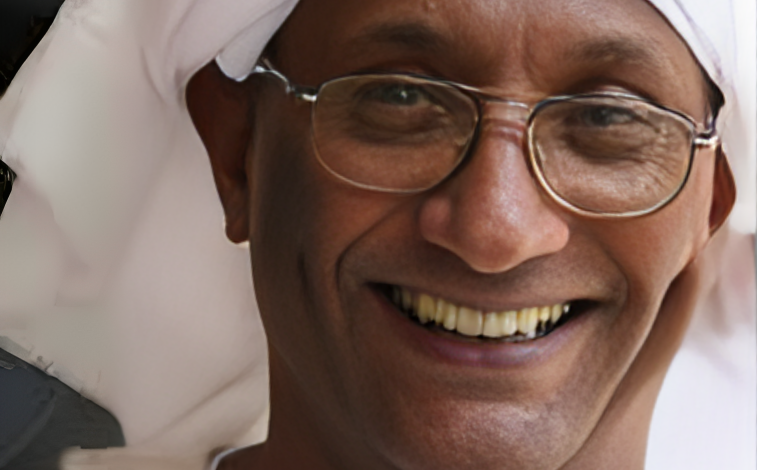Opinion
Abdel Khaliq Mahgoub on Opposition of Agitation and Opposition of Renaissance

By Dr. Abdullah Ali Ibrahim
Lately, I have frequently called for distinguishing between “opposition of resistance,” which is agitation that characterized opposition during the regimes of Nimeiri and Bashir in particular, and the “opposition of renaissance.” The stagnation of change-oriented revolutions can largely be attributed to their resistance being limited to overthrowing the regime without a broader vision. I recall someone once telling me, “All your extensive writings are pointless. Let’s just overthrow those bastards, and everything will sort itself out later.”
Perhaps you’ve noticed that two economic conferences were held after the revolutions of 1985 and 2018, both of which failed to yield results. I wondered: could we not have narrowed the gaps in viewpoints over three decades had the opposition embraced a “culture of thought”? The downfall of the 2018 revolution was its arrival at the state apparatus “empty-handed,” without a coherent and agreed-upon project to manage change. The counter-revolution scored its first victory against the scandalous curriculum reform project led by Al-Qurai, who plagiarized curricula from Arab countries without acknowledgment and indoctrinated students with the ideology of the New Sudan based on texts by Colonel Garang.
At the time, I wrote that Al-Qurai, tasked with this critical mission, seemed oblivious even to the writings of his comrades, Al-Nour Hamad and Khalaf Allah Aboud, on the educational curricula of the Al-Ingaz regime. Ultimately, he retreated after gifting the counter-revolution an easy victory.
Here, I present the first person I know to have distinguished between opposition of agitation and opposition of renaissance—our teacher Abdel Khaliq Mahgoub.
Abdel Khaliq Mahgoub’s Vision
Abdel Khaliq Mahgoub was the first to differentiate between the opposition of agitation, which mobilizes to overthrow the old regime, and the opposition of renaissance, which not only opposes the regime but also strives to envision and implement a program for a successor regime that dismantles the social and economic structures underpinning the old system.
This distinction appears in the report of the Central Committee of the Sudanese Communist Party’s Fourth Conference in 1967, titled Marxism and the Issues of the Sudanese Revolution. In this report, Mahgoub critically assessed the limitations of the Communist Party’s opposition to General Abboud’s regime. Despite the party’s pivotal role in opposing the regime, its efforts fell short of fostering the working class and its allies as the leaders of the anticipated revolution. Consequently, the role of change was assumed by the petite bourgeoisie, a class whose vision, as demonstrated in the recent revolution, lacks the depth to disrupt the economic, social, and historical structures that sustain and reproduce the old regime.
Mahgoub highlighted public mobilizations in the summer of 1964—such as workers reclaiming their union and electing Al-Shafei Ahmed Al-Sheikh as its leader—as signs of a new level of popular struggle, heralding the potential for a national democratic revolution. However, the broader masses had not yet reached a stage of change-oriented consciousness, as “the general atmosphere was still confined to the framework of escaping military dictatorship and the desire to be rid of it.”
Despite the Communist Party’s prominent role in the Professional Front (the leadership of the October Revolution), the formation of the front itself, according to Mahgoub, “reflected the aspirations of sections led by the strike (petite bourgeois intellectuals) to find leadership that represented their ambitions. It underscored the fact that these sections did not objectively see the workers’ organizations as an expression of their aspirations” (p. 128–129). This was a notable shortcoming in the Communist Party’s efforts, as its opposition did not rise above agitation to reach renaissance.
A Broader Perspective
While the party faced the military regime honorably, it did so inadequately. Mahgoub argued that the Communist Party should have confronted the regime “not as a military dictatorship but as a class-based system with its military apparatus as its tool.” This is a critical distinction. Overthrowing dictatorial regimes in quick succession has been the hallmark of Sudan’s agitation-driven revolutions, but these have not achieved the renaissance that requires a vision to penetrate societal structures and dismantle the traditional system at its core—not just its leadership.



